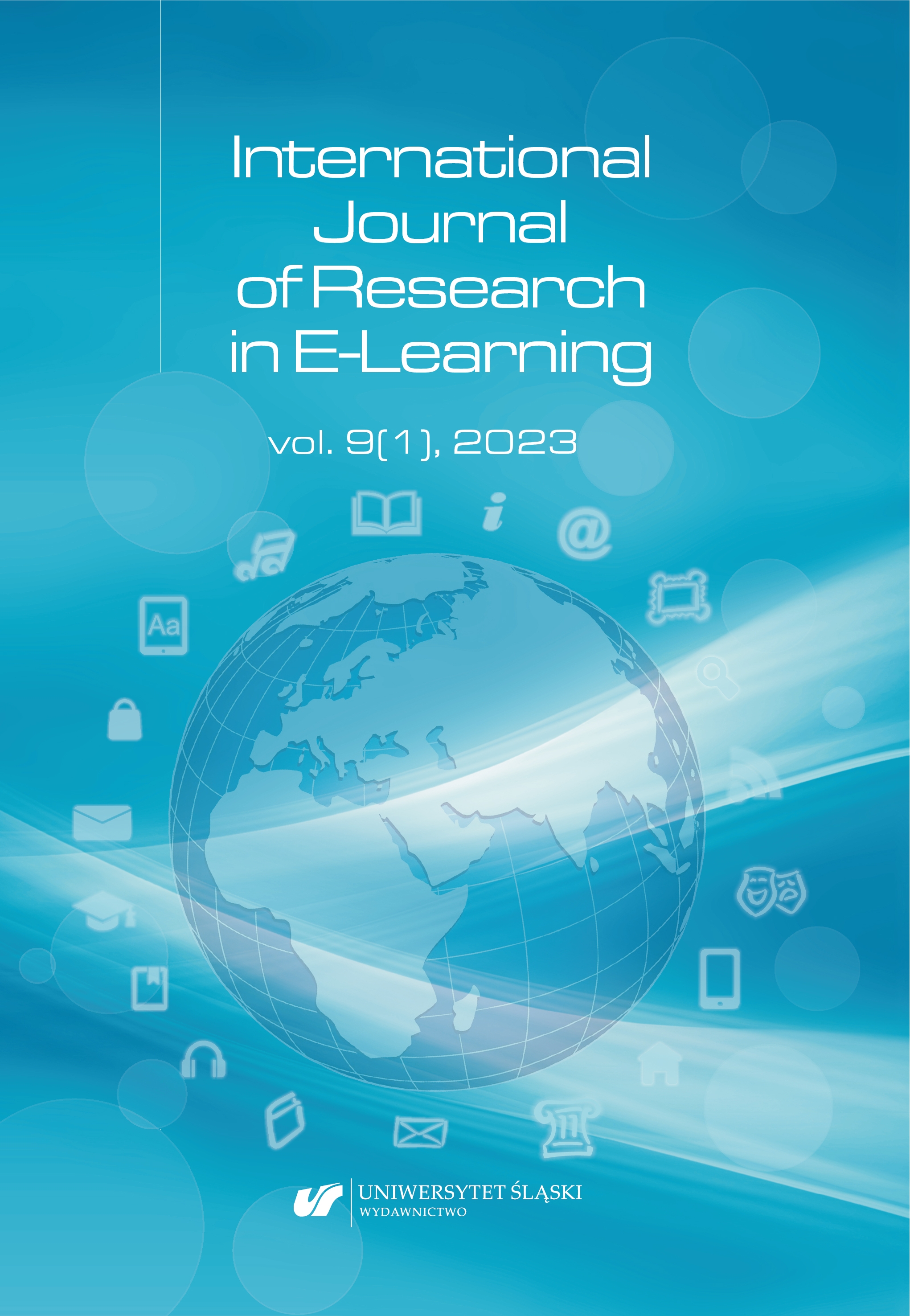Abunamous M. O., Boudouaia A., Jebril M., Diafi S., Zreik M., Hartsell T. (Reviewing editor) (2022). The decay of traditional education: A case study under covid-19, Cogent Education. doi: 10.1080/2331186X.2022.2082116
Google Scholar
Adzovie D. A., Jibril A. B., Hartsell T. (Reviewing editor) (2022). Assessment of the effects of Covid-19 pandemic on the prospects of e-learning in higher learning institutions: The mediating role of academic innovativeness and technological growth, Cogent Education. doi: 10.1080/2331186X.2022.2041222
Google Scholar
Boulos A. N. (2022). Evaluation of the effectiveness of online education in anatomy for medical students during the COVID-19 pandemic. Annals of anatomy = Anatomischer Anzeiger : official organ of the Anatomische Gesellschaft, 244, 151973. doi: 10.1016/j.aanat.2022.151973
Google Scholar
Cárdenas-Cruz A., Gómez-Moreno G., Matas-Lara A., Romero-Palacios P. J., Parrilla-Ruiz F. M. (2022). An example of adaptation: experience of virtual clinical skills circuits of internal medicine students at the Faculty of Medicine, University of Granada (Spain) during the COVID-19 pandemic, Medical Education Online. doi: 10.1080/10872981.2022.2040191
Google Scholar
Ciano, J.D., Acerra, J. & Tang, A. (2022). Development of a remote learning educational model for international Emergency Medicine trainees in the era of COVID-19, International Journal of Emergency Medicine. doi:10.1186/s12245-021-00405-1
Google Scholar
Dębska B., Dobrowolski L., Jaromin M., & Hęclik K. (2020). Historia i aktualne zadania realizowane przez centrum e-learningu działające w Politechnice Rzeszowskiej [History and current tasks implemented by e-learning center operating in the Rzeszów University of Technology], In B. Galwas (Eds.), Panorama e-edukacji w Polsce [Survey of e-education in Poland] (pp. 51–72), Warszawa. doi: 10.17388/wut.2020.0001.okno
Google Scholar
Dębska B., Guzowska-Świder B., & Hęclik K. (2013). Chemometrics and spectroscopy problems solving by chemical portal. In WCCE 2013 – Learning while we are connected (Vol. 2, pp. 162–172). Toruń: Nicolaus Copernicus University Press. ISBN 978-83-231-3093-2
Google Scholar
Dębska B., Guzowska-Świder B., & Hęclik K. (2016). The Benefits of Using Blended-learning Methods in Spectroscopy, International Journal of Continuing Engineering Education and Lifelong Learning, Vol. 26, Issue: 2, Special Issue: SI, 153–167. doi: 10.1504/IJCEELL.2016.076012
Google Scholar
Forde C., Obrien A. (2022). A Literature Review of Barriers and Opportunities Presented by Digitally Enhanced Practical Skill Teaching and Learning in Health Science Education, Medical Education Online. doi: 10.1080/10872981.2022.2068210
Google Scholar
Patrinos H.A.(2022). Learning loss and learning recovery, Decision, 49, 183–188. doi: 10.1007/s40622-022-00317-w
Google Scholar
Pereira R., Couto M., Ribeiro F., Rua R., Cunha J., Fernandes J.P., Saraiva J. (2017) Energy efficiency across programming languages: how do energy, time, and memory relate?, SLE 2017: Proceedings of the 10th ACM SIGPLAN International Conference on Software Language Engineering, 256–267. doi: 10.1145/3136014.3136031
Google Scholar
Sohil F., Sohail M. U., Chapman D. L. (Reviewing editor), (2022). Measuring the impact of COVID-19 on distance learning for educational sustainability, Cogent Education. doi: 10.1080/2331186X.2022.2034248
Google Scholar
Ślósarz A. (2020), The Moodle community platform versus the Microsoft Teams corporate application. In Eugenia Smyrnova-Trybulska (Eds.), E-learning, vol. 12: Innovative Educational Technologies, Tools and Methods for E-learning (pp. 15–28). Katowice–Cieszyn. doi: 10.34916/el.2020.12.02
Google Scholar
Tashkinov A. S., Major Linux Problems on the Desktop, 2023 edition, https://itvision.altervista.org/why.linux.is.not.ready.for.the.desktop.current.html [dostęp: 15-01-2023]
Google Scholar
Wea K. N., Dua Kuki A. D (2021). Students’ Perceptions of Using Microsoft Teams Application in Online Learning During the Covid-19 Pandemic. Journal of Physics: Conference Series,1842,012016. doi: 10.1088/1742-6596/1842/1/012016
Google Scholar


 https://doi.org/10.31261/IJREL.2023.9.1.04
https://doi.org/10.31261/IJREL.2023.9.1.04
